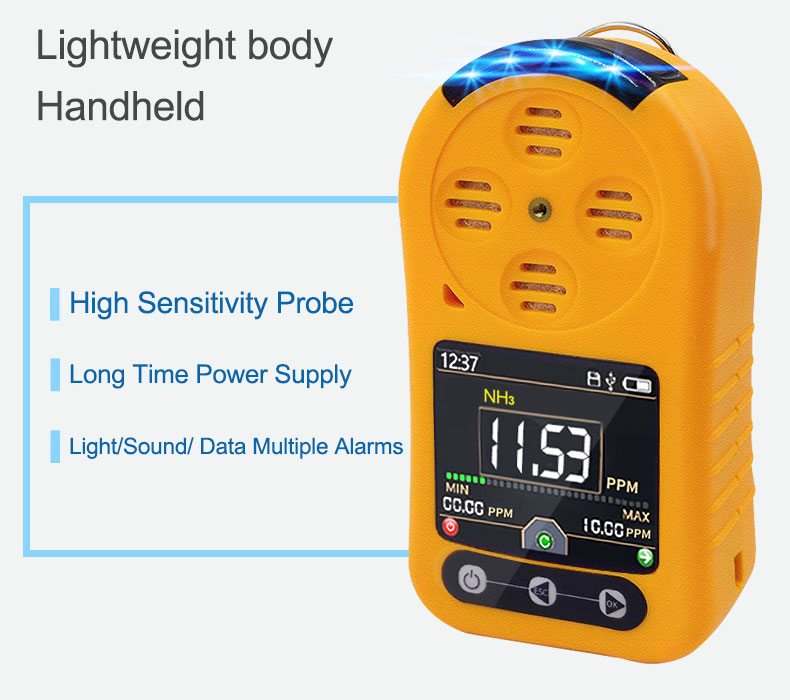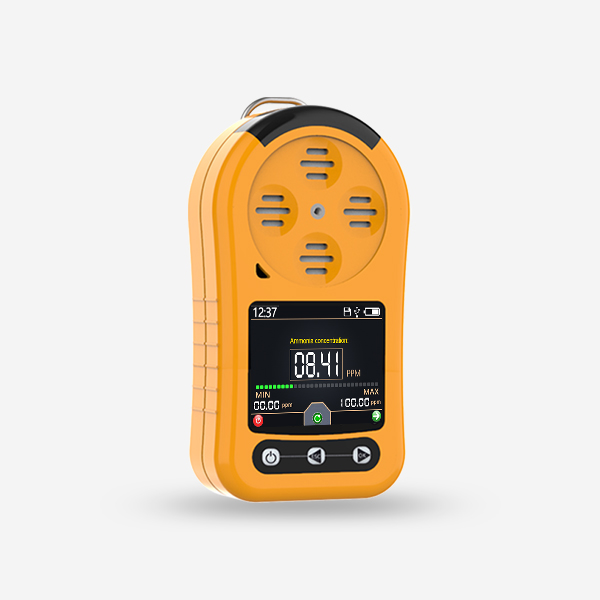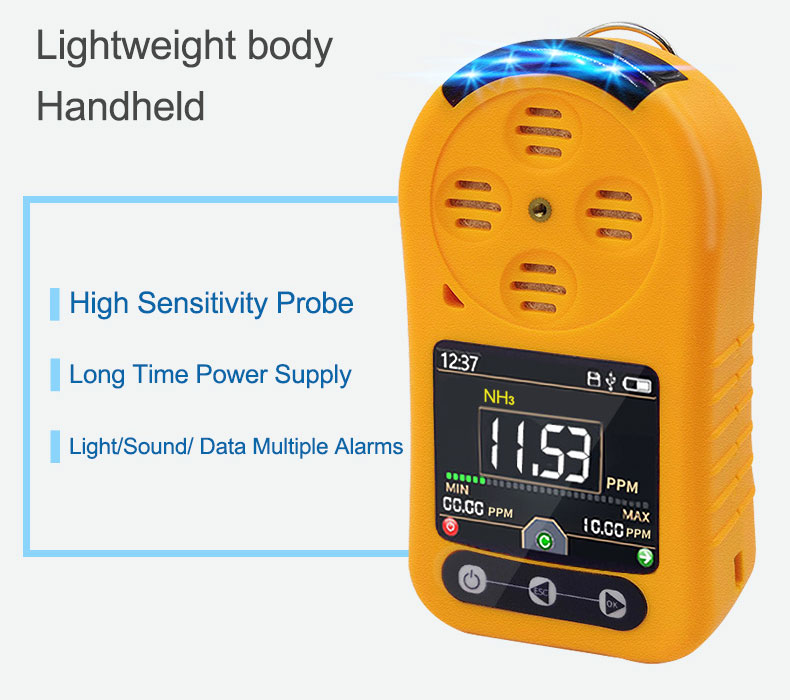Hydrogen sulfide (H2S) is a colorless, flammable gas with a rotten egg odor. It is found in natural gas, oil, and coal deposits, and it can also be produced by the decomposition of organic matter. H2S is a toxic gas that can cause a variety of health problems, including respiratory problems, neurological problems, and death.


H2S sensors are devices that can detect H2S gas. They are used in a variety of applications, including:
- Natural gas and oil production: H2S sensors are used to monitor the concentration of H2S gas in natural gas and oil production facilities. This is important to prevent H2S gas leaks, which can be dangerous to workers and the environment.
- Mining: H2S sensors are used to monitor the concentration of H2S gas in mining operations. H2S gas is a common hazard in mining, and it can be released from underground deposits of coal, oil, and natural gas.
- Wastewater treatment: H2S gas is a byproduct of the wastewater treatment process. H2S sensors are used to monitor the concentration of H2S gas in wastewater treatment plants, and to prevent H2S gas leaks.
- Food and beverage processing: H2S gas is a common contaminant in food and beverage processing. H2S sensors are used to monitor the concentration of H2S gas in food and beverage processing facilities, and to prevent H2S gas contamination.
- Agriculture: H2S gas is a common hazard in agriculture. H2S gas can be released from manure, fertilizer, and other agricultural waste products. H2S sensors are used to monitor the concentration of H2S gas in agricultural areas, and to prevent H2S gas exposure to farm workers and livestock.
H2S sensors are an important safety tool that can help to prevent H2S gas accidents and injuries. They are used in a variety of applications, including natural gas and oil production, mining, wastewater treatment, food and beverage processing, and agriculture.

Types of H2S sensors
There are a variety of different types of H2S sensors, each with its own advantages and disadvantages. The most common types of H2S sensors include:
- Electrochemical sensors: Electrochemical sensors are the most common type of H2S sensor. They work by measuring the change in electrical current that occurs when H2S gas reacts with a chemical coating on the sensor.
- Metal oxide semiconductor (MOS) sensors: MOS sensors are another type of H2S sensor. They work by measuring the change in electrical resistance that occurs when H2S gas reacts with a metal oxide semiconductor on the sensor.
- Infrared sensors: Infrared sensors work by measuring the amount of infrared radiation that is absorbed by H2S gas.
- Optical sensors: Optical sensors work by measuring the change in light absorption or scattering that occurs when H2S gas passes through a beam of light.
The choice of H2S sensor depends on the specific application. For example, electrochemical sensors are well-suited for high-sensitivity applications, while MOS sensors are well-suited for low-cost applications.
Advantages of H2S sensors
H2S sensors offer a number of advantages, including:
- High sensitivity: H2S sensors can detect H2S gas at very low concentrations.
- Quick response: H2S sensors can respond to changes in H2S gas concentration quickly.
- Reliable: H2S sensors are generally reliable and have a long service life.
- Low cost: H2S sensors are relatively inexpensive.
Disadvantages of H2S sensors
H2S sensors also have a few disadvantages, including:
- Limited temperature range: H2S sensors may not be suitable for use in extreme temperatures.
- Sensitivity to other gases: H2S sensors may be sensitive to other gases, such as methane, carbon monoxide, and ammonia.
- Need for regular calibration: H2S sensors need to be regularly calibrated to maintain their accuracy.
**Overall, H2S sensors are an important safety tool that can help to prevent H2S gas accidents and injuries.

No comments yet